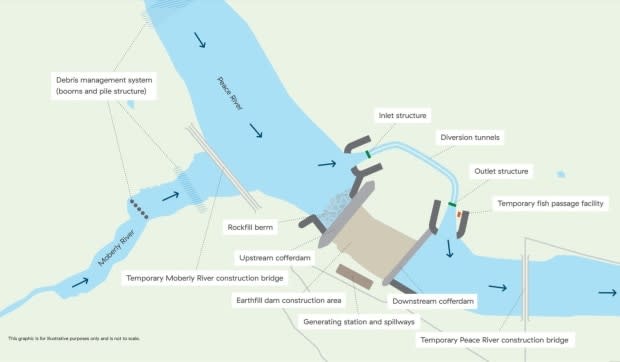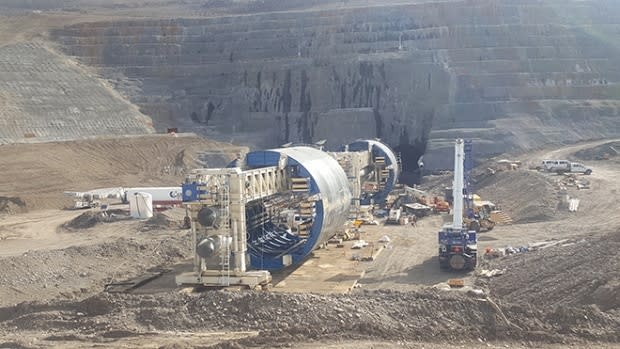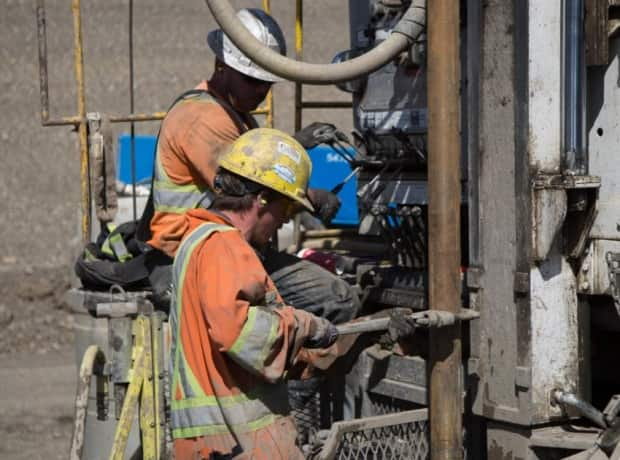Site C set to 'move a river' to build mega dam in northern B.C.
BC Hydro is poised to divert part of a major river to build the $10-billion Site C mega dam in northern B.C.
For years, the project has faced vocal opposition and controversy.
Now, Site C is just a few months away from rerouting the Peace River near Fort St John, a temporary measure that could last up to five years.
BC Hydro says the completion of two giant diversion tunnels means the river can be rerouted by late summer or early fall.
It says diverting the river will create a 500-metre stretch of dry riverbed, where construction can take place on dry ground for the construction of Site C's giant earth-fill dam.
"What you have to do to move a river is to build another path," said Dave Conway, BC Hydro's community relations manager for the Site C project. "That's the work we've been doing for two years. It takes a lot of work."
That work was considered so essential that hundreds of workers have remained on site to prepare for river diversion, despite the COVID-19 pandemic.
The diversion tunnels are about 750 metres long and 10 metres in diameter, according to BC Hydro. They'll be able to carry up to 3,000 cubic metres of river water per second.

The diversion of the Peace River will impact about 15,000 bull trout, mountain whitefish, Arctic grayling and other species, which are to be sedated and trucked around the impasse, through what the company calls a "temporary fish passage."
"They're put in to a water tanker truck and then we move the fish around the construction site and deposit them upstream," said Conway.
BC Hydro says it will also monitor the risk of fish being stranded if water levels decline. With mitigation measures, the company says there will be "minimal impacts to wildlife."
A four-kilometre stretch of the Peace River is also being permanently closed to boaters this month. BC Hydro says it is offering a free shuttle service to help people in canoes and kayaks portage that stretch of water.

Chief Roland Wilson of the nearby West Moberly First Nations said it's difficult to watch the construction transform the Peace River valley.
"It's just a continuing quagmire of ugliness going on down there," Wilson said. "It's devastating to watch."
West Moberly is party to a lawsuit arguing that Site C irreparably harms its way of life and breaches its treaty rights. The lawsuit seeks compensation or an order to shut down Site C and return the river valley to its natural state.

Lawyer Tim Thielmann, who is acting for the West Moberly First Nations, said the case is set to go to trial in 2022.
"There will be time for judgment prior to the final inundation," said Thielmann.
The river diversion is set to continue until Site C's dam is complete, which is scheduled for 2024 or 2025.
Once that happens, Site C is expected to generate enough electricity to power the equivalent of 450,000 homes.


 Yahoo Finance
Yahoo Finance 